Location: off the shores of Burntisland on Inchcolm Island, in the Firth of Forth, Lowlands, Scotland
kind of abbey: medieval abbey of the Augustinian order
today: island and abbey open to the public
public transport: boat – Maid of the Forth – to Inchcolm Abbey, regular buses from Edinburgh City Centre to South Queensferry (close to where the ship leaves)
scheduled monument: yes
managed by: the abbey itself by Historic Environment of Scotland
entrance fee: £ 6 (per adult) for the abbey itself, costs for the ferry not included
opening times: April to October, Thursday to Monday from 10am to 4pm (please check before your travel since times can easily change)
directions to South Queensferry: Maid of the Forth – Google Maps

Located on one of the Islands of the Forth, Inchcolm Island, just off the shore of Burntisland, lies Inchcolm Abbey, a beautiful medieval priory founded by David I and Gregoir, the Bishop of Dunkeld. To this day the abbey complex is the best preserved complex of monastic buildings in all of Scotland.
Also referred to as the ‘Iona of the east’ Inchcolm abbey has no ties to St Columba, though the name Inchcolm means ‘Colm’s Isle’ or Columbas Isle.
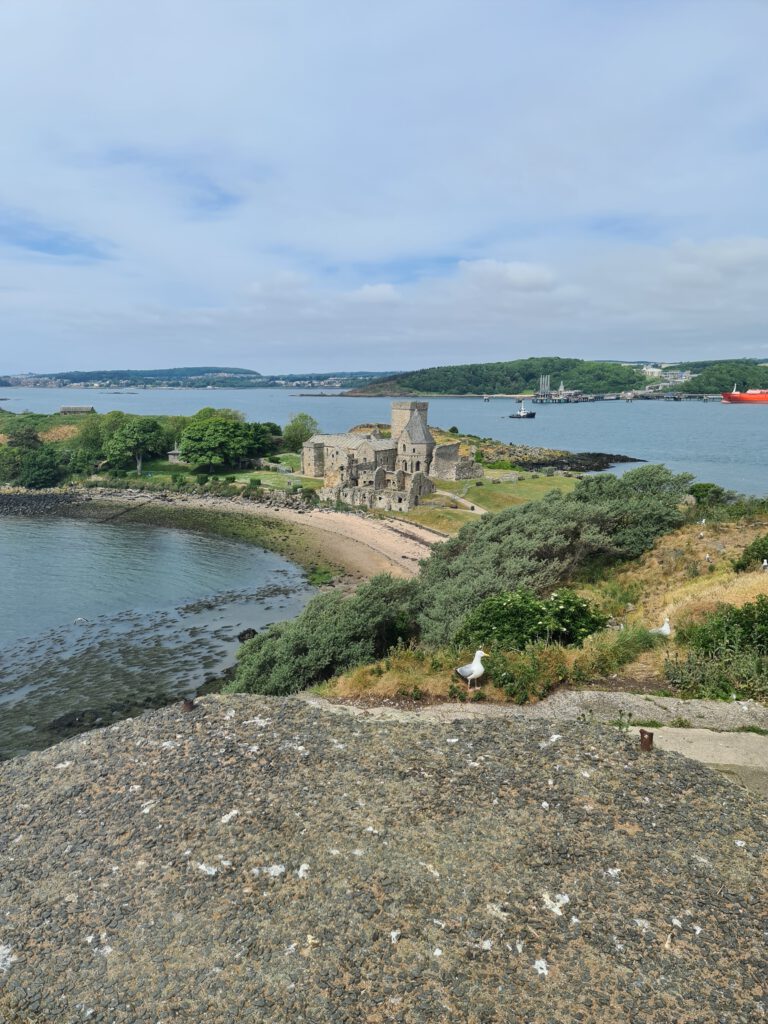
First canons of the Augustinian order inhabited the island around the 1100s. It was back then already that its position within the Firth of Forth wasn’t necessarily the best if you wanted to enjoy some peace, though the monks originally enjoyed that while the peace was there. As you can see to this day there are certain fortifications on Inchcolm Island, which date back to WWII but even before that this strategic position was the target for many attacks, with Edinburgh and Rosyth with its harbour being not far off.
Major English raids took place here for about 200 years between the wars with England. But even during these naval raids, the monks didn’t abandon the chapel or their monastery. However, they did start to spend more time ashore, which is no wonder given the great abbeys and monasteries of Fife and the closeness of the island to the shores of Burntisland in Fife. With the Protestant Reformation of 1560 the monastic life on Inchcolm Island was put to an immediate end, which wouldn’t be reversed.
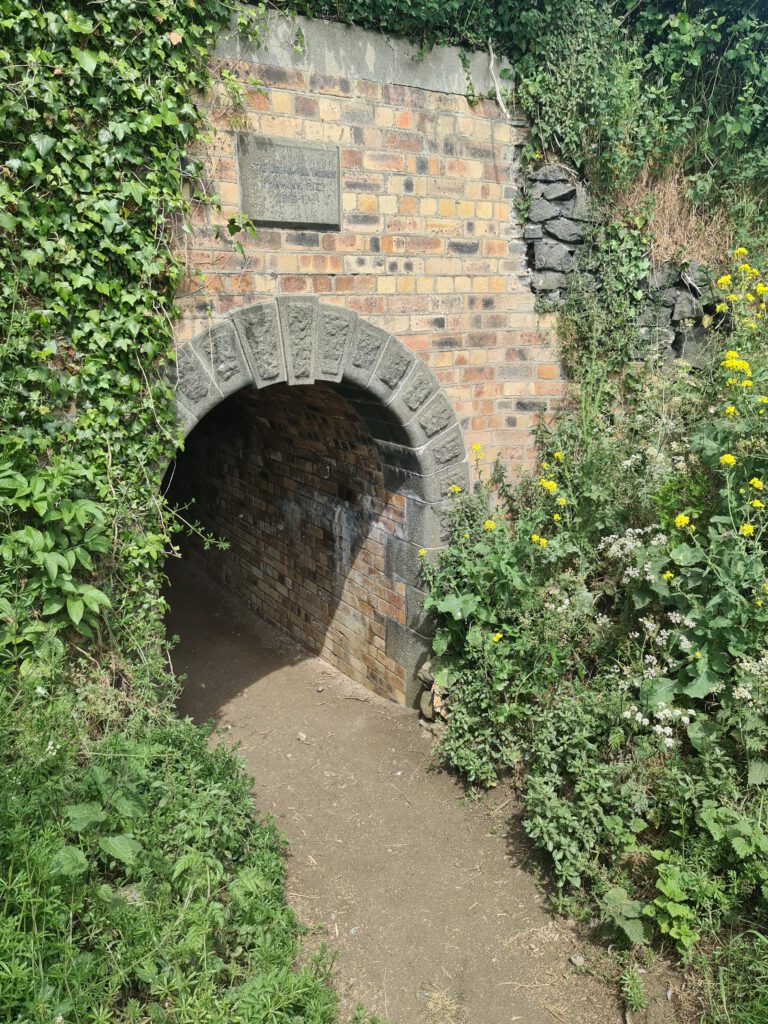
Though the abbey life ended at that time, the Island wasn’t abandoned and the buildings of the old monastery were still used at times, for different purposes, until past the end of World War Two. Inchcolm Island and Abbey by that having played a major role in the defence of Scotland during a great lot of wars the Kingdom saw.
Though Inchcolm is mostly known for its military artefacts there and of course the abbey, there is history or at least a story evolving around the island starting even before Alexander I sheltered on it. Back then the Island is thought to have been a home of a hermit for a long time and maybe even before that, with the oldest relic, a hogback tombstone, on the isle dating back to the 900s.

Having saved his life during a storm in 1123, it was Alexander I who sheltered on the Island and decided to built a monastery there. With Alexander dying just about a year later he couldn’t stick to what he promised and so his brother, now David I, did so for him, inviting the previously mentioned Augustinian canons. Establishing the priory right away it took another 111 years till Inchcolm Abbey was raised to its full abbey status, which didn’t occur until 1235.
With the abbey church being enlarged around 1265, the priory grew and grew over time and attracted England to attack more and more often starting around 1296. For sure this was one of the reasons why in the 1400s a new church was built involving parts of the old one such as the former choir which now became the nave.
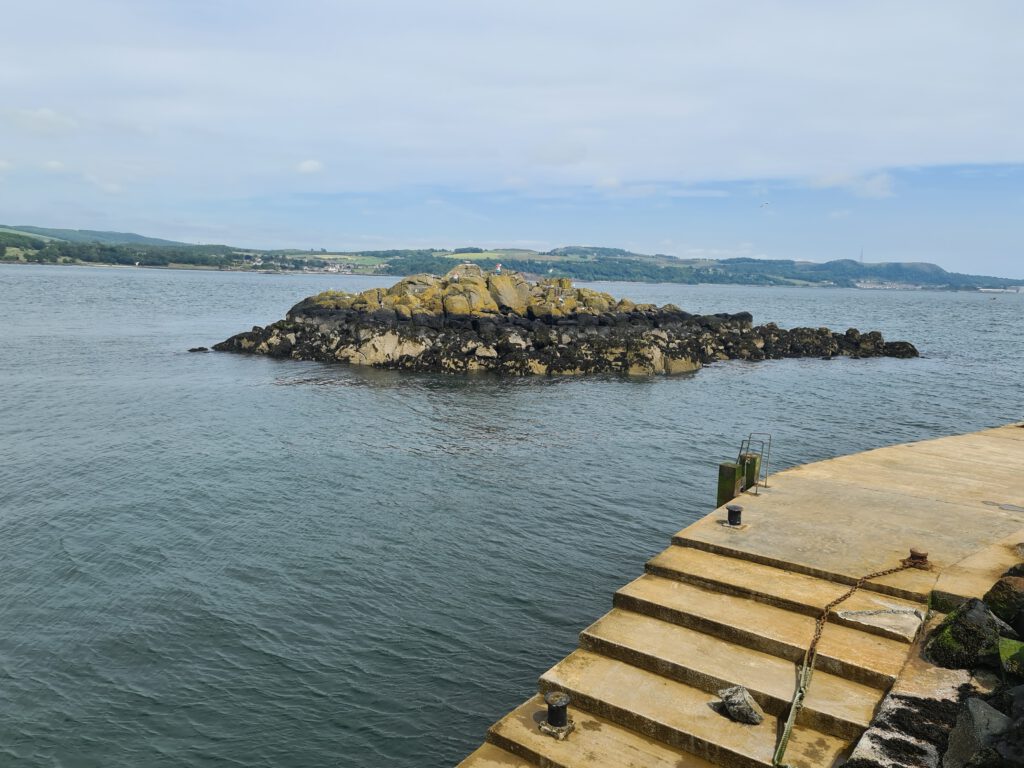
It was around that time when the great abbot Walter Bower lived on the island and composed his great history of Scotland the ‘Scotichronicon’. Hard to imagine Bower writing while there in peace with stories like the English raid from 1335, stealing the abbey’s treasures including a statue of Columba. Those things were brought back due to superstition and the English sailors believing that bad weather was the wrath of Columba. Just a couple of years later in 1384 the English raiders even tried to set aflame Inchcolm Abbey, this time again with the abbey being protected by the weather and the flames were simply blown out by a very strong wind.
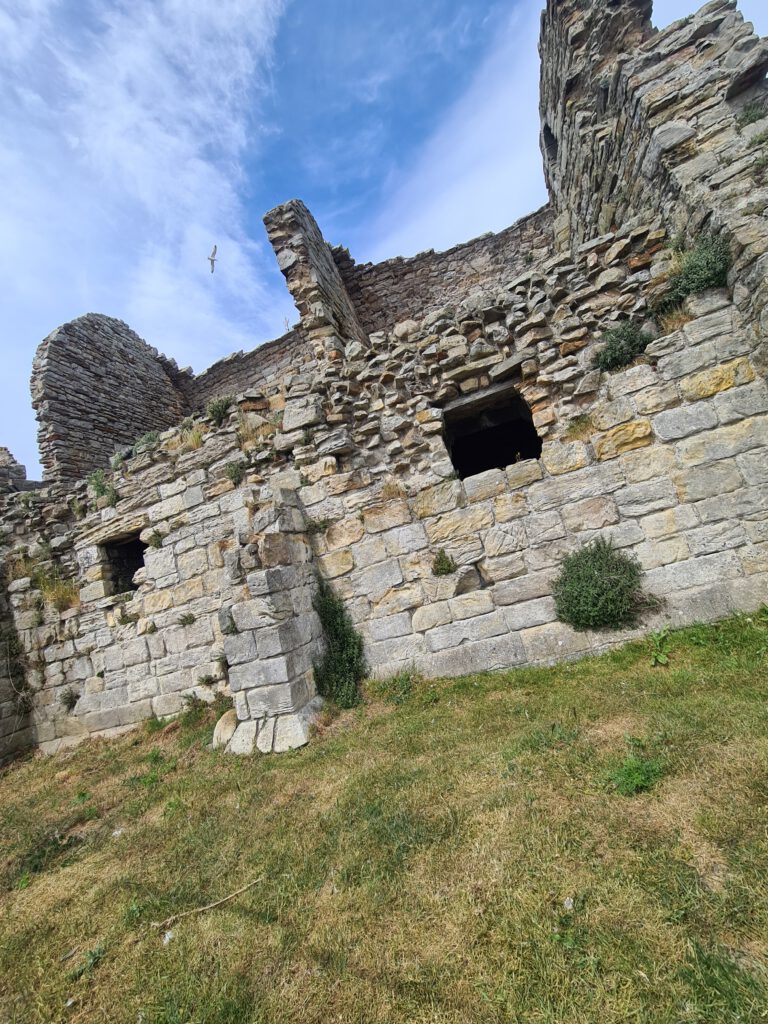
You can say what you want, believe in coincidences or not but given that the chapel is to this day the best preserved in Scotland there for sure must be a lot of luck surrounding the Island. Such events occurred until way past the abbey being abandoned. Due to the abandonment, stones from the abbey were used to repair the Tolbooth in Edinburgh, in July 1581.
Probably the first real war fortification on the island was the gun battery which had been installed during the Napoleonic Wars to have a bit more security in case the French really should invade. After the island passing into the hands of Sir James Stewart who was the ancestor of the third Earl of Moray, the first Lord St Colme was created.
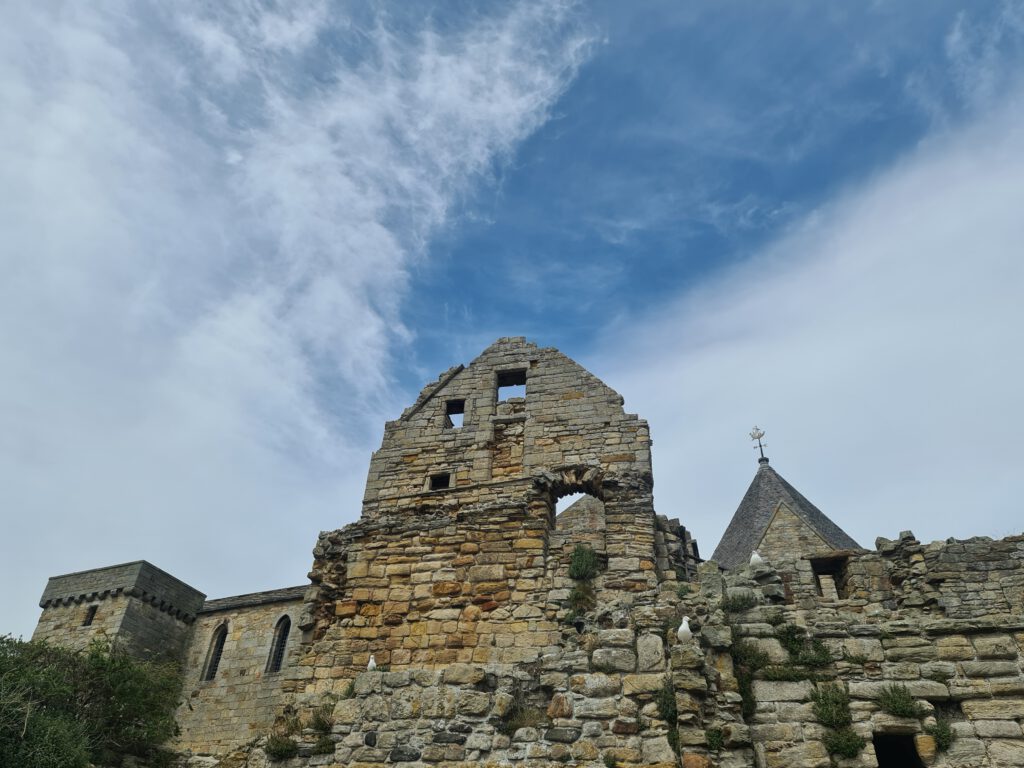
Around the 1880s an interesting discovery was made in one of the abbey’s walls, where there was found an upright standing skeleton found, there is no clue to when this dates back.
In the early 1900s and during the two World Wars, Inchcolm Abbey was fortified more and more to help protect the engineering masterpiece of the Forth Rail Bridge as well as the City of Edinburgh and the Rosyth naval base. During this time the island housed around 500 soldiers and was part of what back then was referred to as the ‘Fortress Forth’, which meant that all the islands in the Forth were garrisoned.
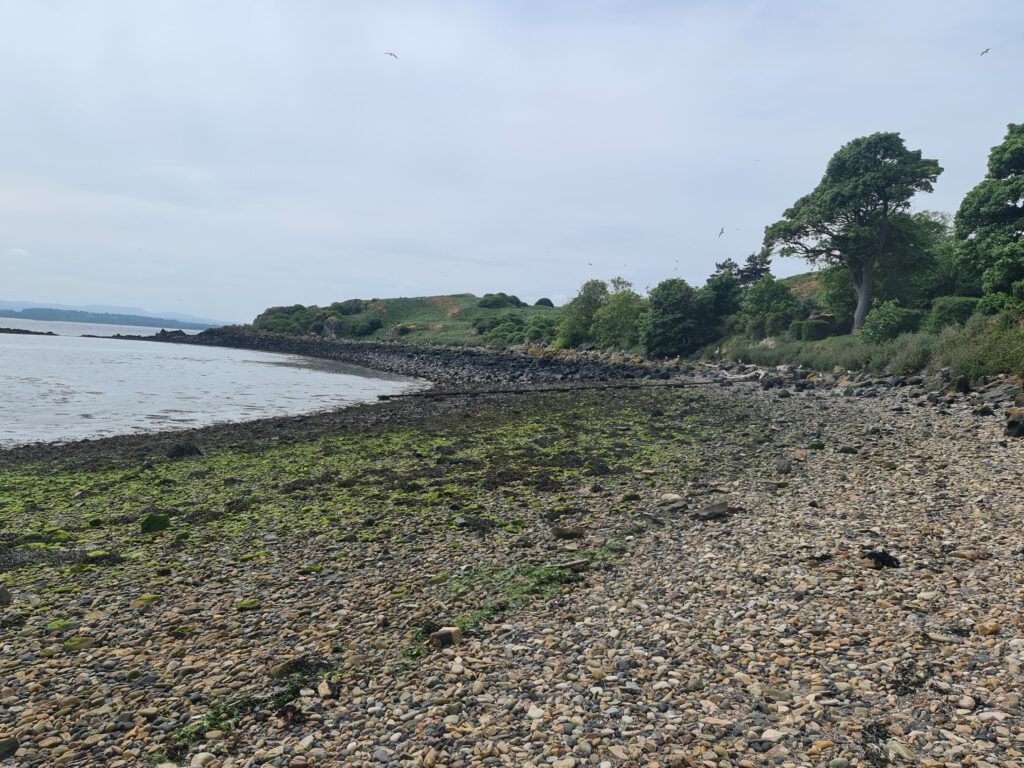
Being one of those defences, Inchcolm Island had a way more important role as well. It was the used as the headquarter of what was referred to as the ‘Middle defences’ with the task to prevent submarines to enter the Firth and to keep enemy ships out. Which also lead to the strengthening of the defences on the island between 1916 and 1917.
During this process the ammunition tunnel was dug through eastern end of the Island. It connected the new battery of guns with the magazine and the best thing about it, you can still walk through it today.
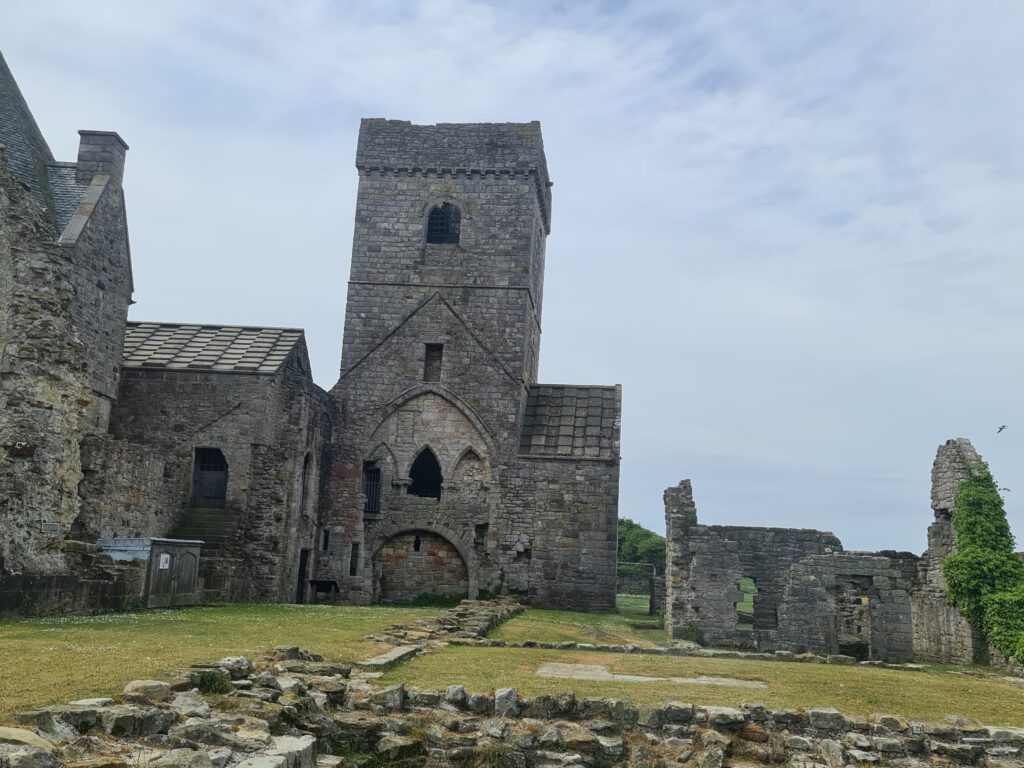
What today houses the visitor centre used by Historic Scotland formerly was the First World War engine house, it was adapted around the 1930s. The Island ended up re-occupied in 1939 when it once again was necessary to have the anti-submarine and anti-boat active. To this day you can spot features from both world wars on the island and imagine how people tried to protect their home country there after such a long history.

Alongside the cultural interesting sights on the island there is also the wildlife, which for such a small island is quite a big population. Around the west end of the island for example there are large colonies of seagulls and fulmars, which especially during the summer months should be watched carefully when walking about. I for example visited in June and they wanted to protect their chicks, which were at the ground, since the birds nest on the grounds on Inchcolm Island (there are no stoats or hedgehogs and by that no natural threat to breeding on the ground), which in the end led to the seagulls attacking tourists but don’t worry, you will get a stick and if you hold that above your head they won’t come close to you and the only luck you can have is them dropping some poo while flying by 😉.
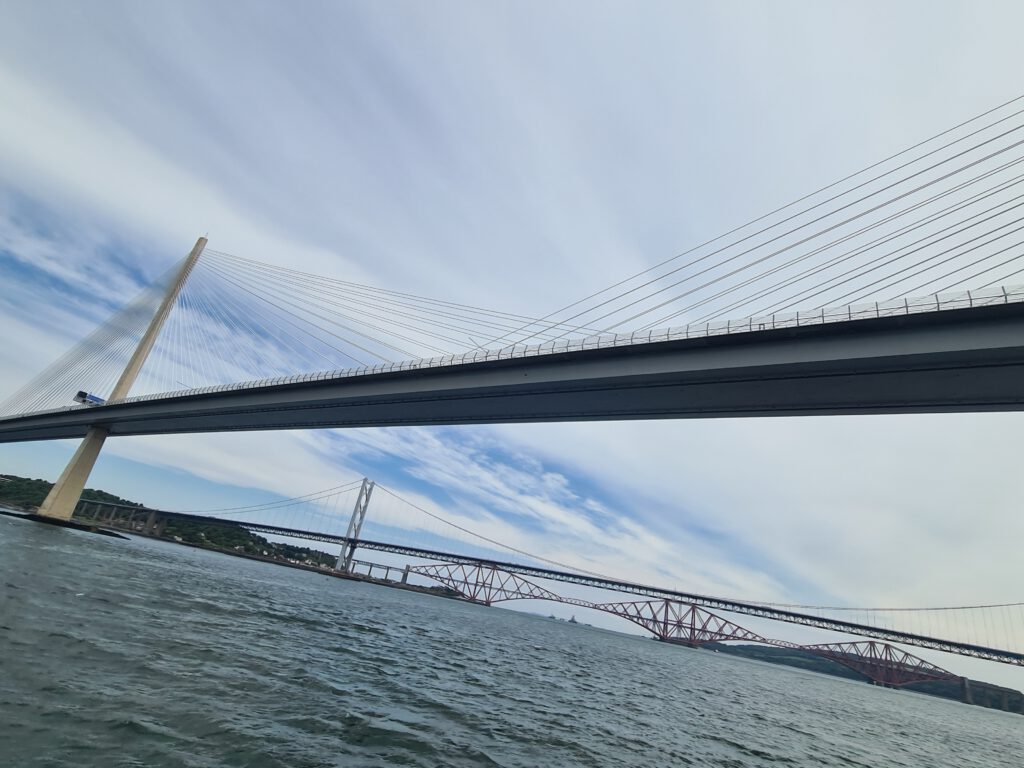
As around many shores in the Firth of Forth you can spot Seals, at Inchcolm especially around the docks. Some puffins can be spotted on the northern part of the island, rarer than puffins and seagulls are colonies of black rats, of which Inchcolm houses one.
During the opening times of the Island, Inchcolm houses two Stewarts from Historic Environment of Scotland who run the shop and even live there.
Interesting to know as well might be some references to Inchcolm Island, such as in Shakespeares Macbeth or William Clinkenbeards novel ‘The Battle of Inchcolm Abbey’.
When I visited, the abbey itself was closed due to some masonry work being undertaken, this also made the north side of the island unreachable, however, it still was a great place to visit and most certainly worth the trip, you can still see the abbey very clearly from the outside and the wildlife you can find is one of a kind as well. I would definitely recommend it even if there should still be the masonry work (please check the official website for information about when the abbey will be accessible as well).
Stay responsible in your travels and enjoy the beauty of Scotland with all it has to offer.


Pingback: Lauriston Castle – A scottish World